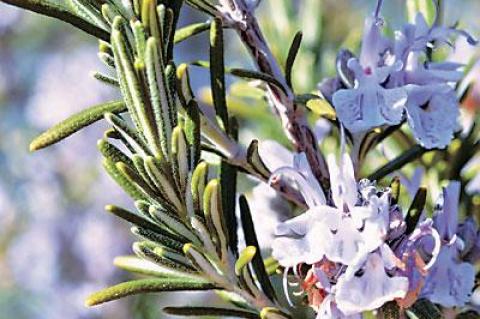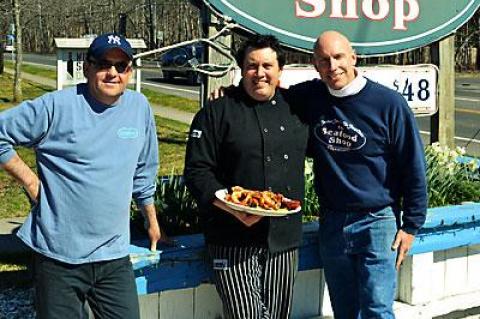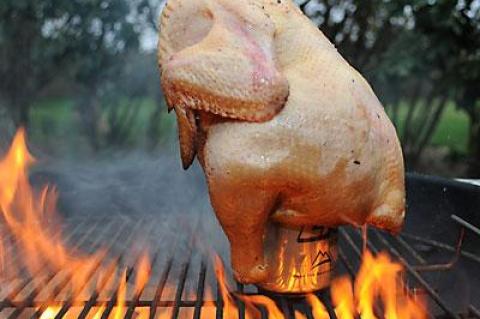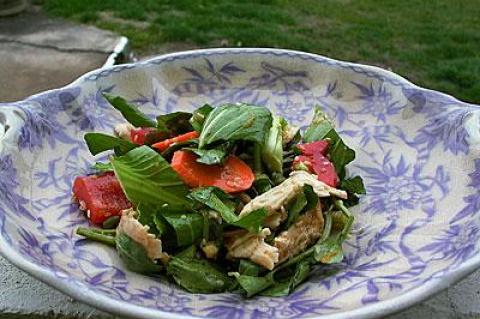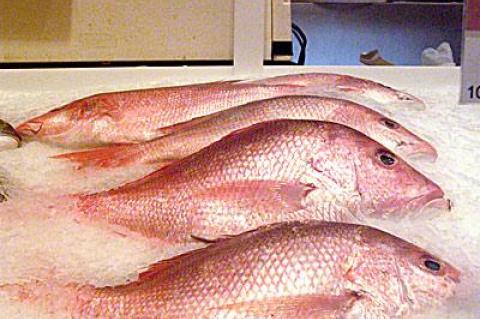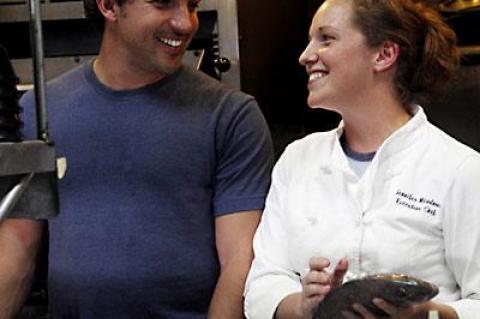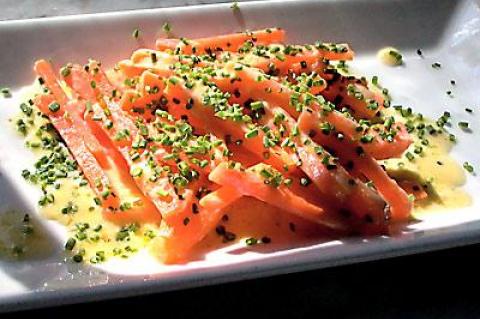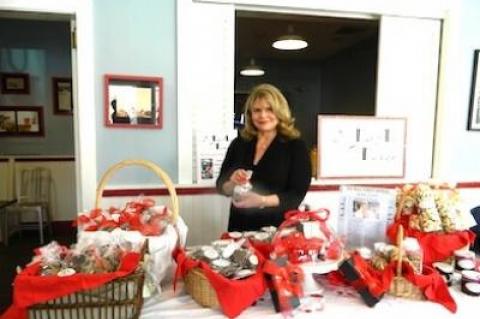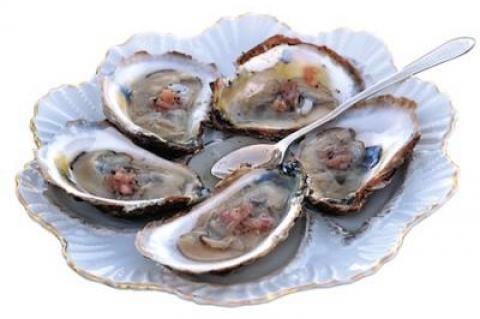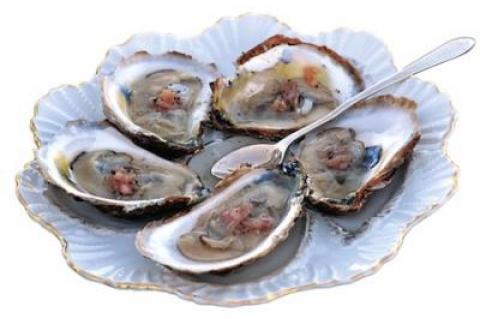Amazing Sorrel Soup
This recipe is adapted from Patricia Wells’s “At Home in Provence.”
Serves four to six.
3 oz. fresh sorrel leaves, stemmed, washed, and dried (or you can substitute watercress)
3 Tbsp. unsalted butter at room temperature
2 Tbsp. olive oil
1/2 small onion, peeled and sliced into thin rounds
6 oz. starchy potatoes, peeled and diced
1 quart chicken or vegetable stock
1 cup heavy cream
Salt and pepper

